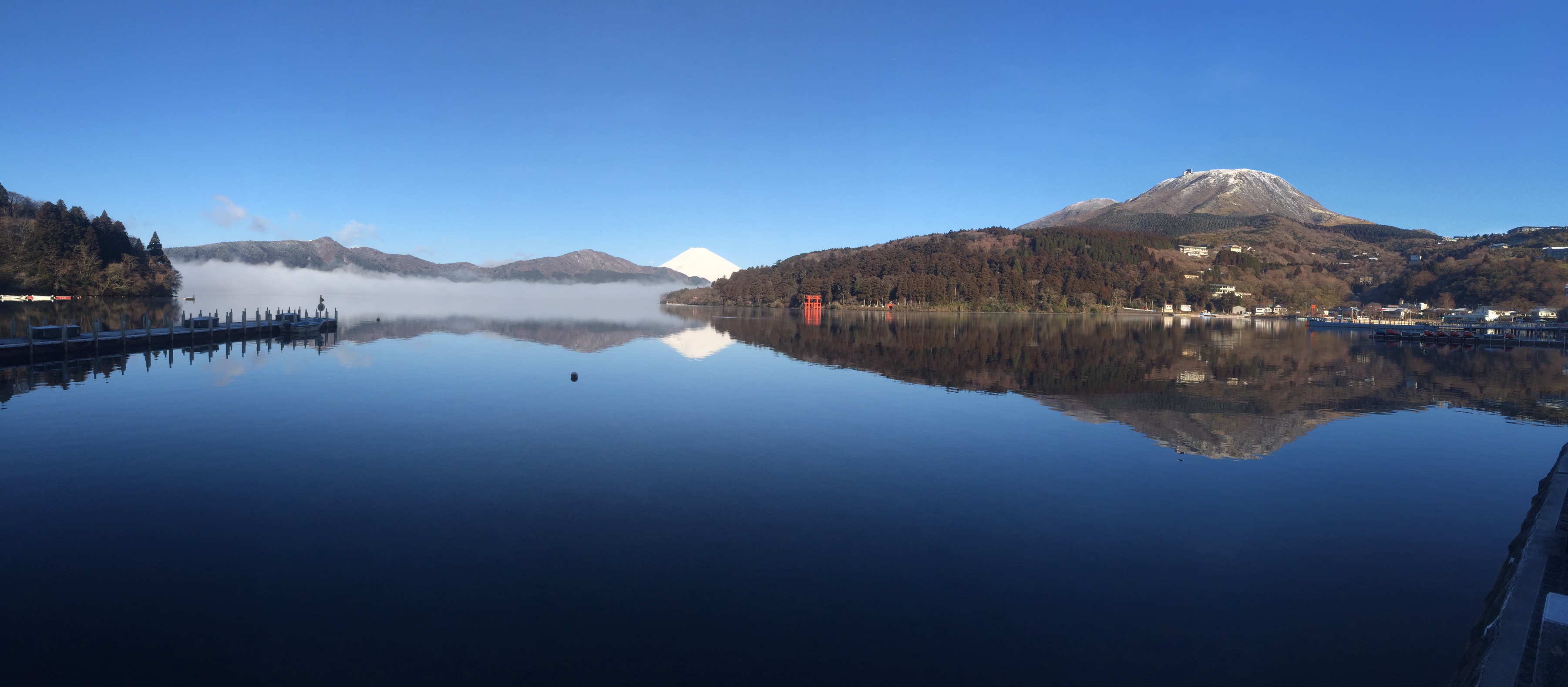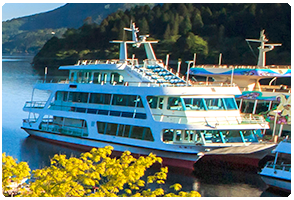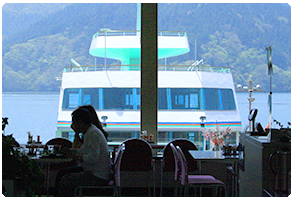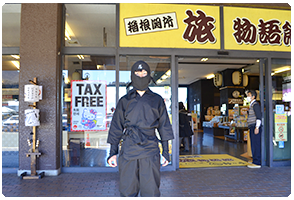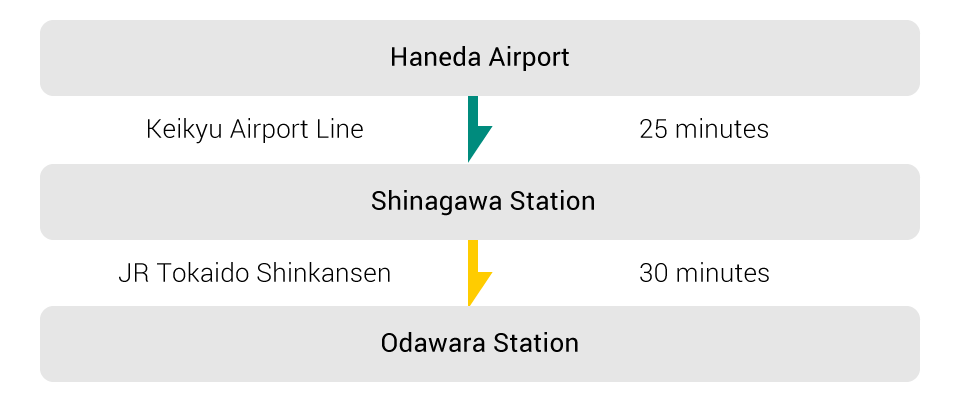Best Places in Hakone
Less than 1 hour from Tokyo, Hakone was a major town on the old Tokaido Road. The inns and Sekisho were located at the foot of the difficult Hakone Pass, which was reputed to be “one of the harshest mountain path under the sun.” In modern times, Hakone has developed as a health resort and tourism area. Hakone offers many spots to see, including hot springs bubbling up everywhere, Lake Ashinoko, Owakudani, Mt. Komagatake, and other natural sites, and Hakone-jinja Shrine and the remains of Hakone Sekisho(Checkpoint).
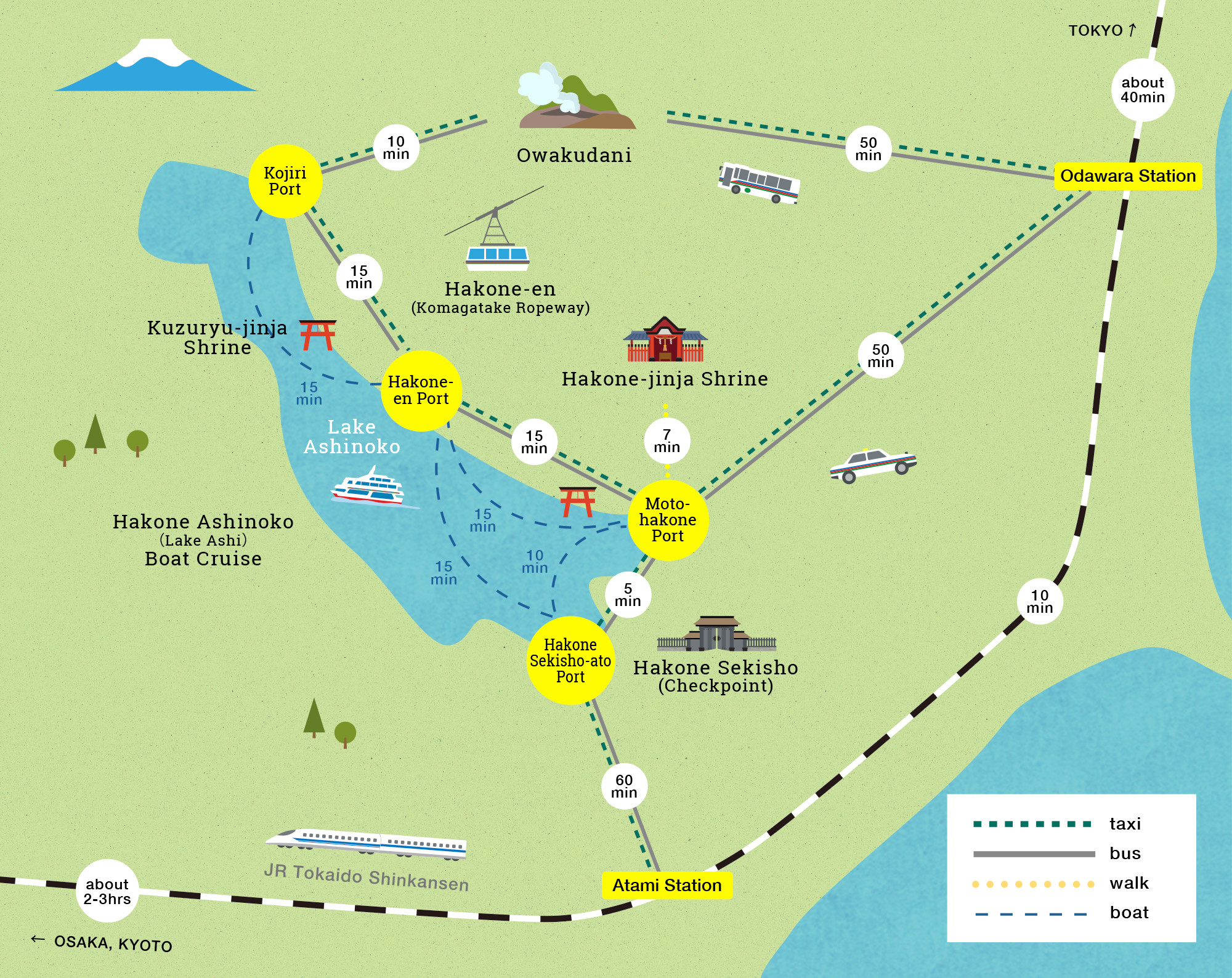
Purchase a free pass, which is handy for getting around from your base at the JR Odawara Station.
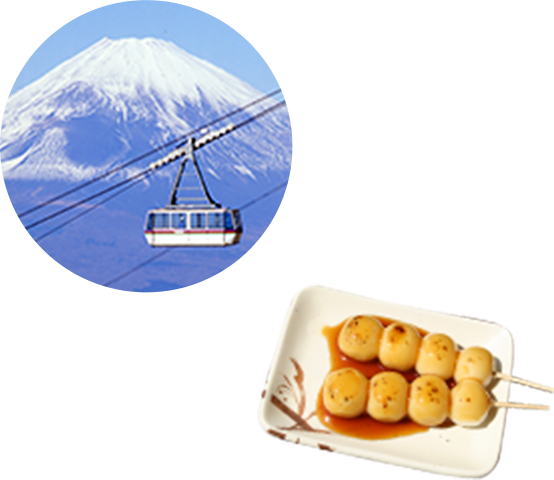
What’s Special About the
Hakone Area
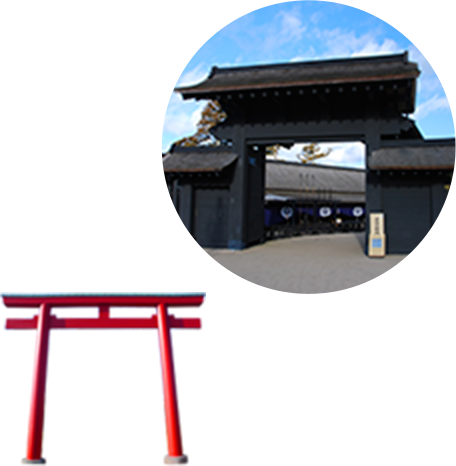
-

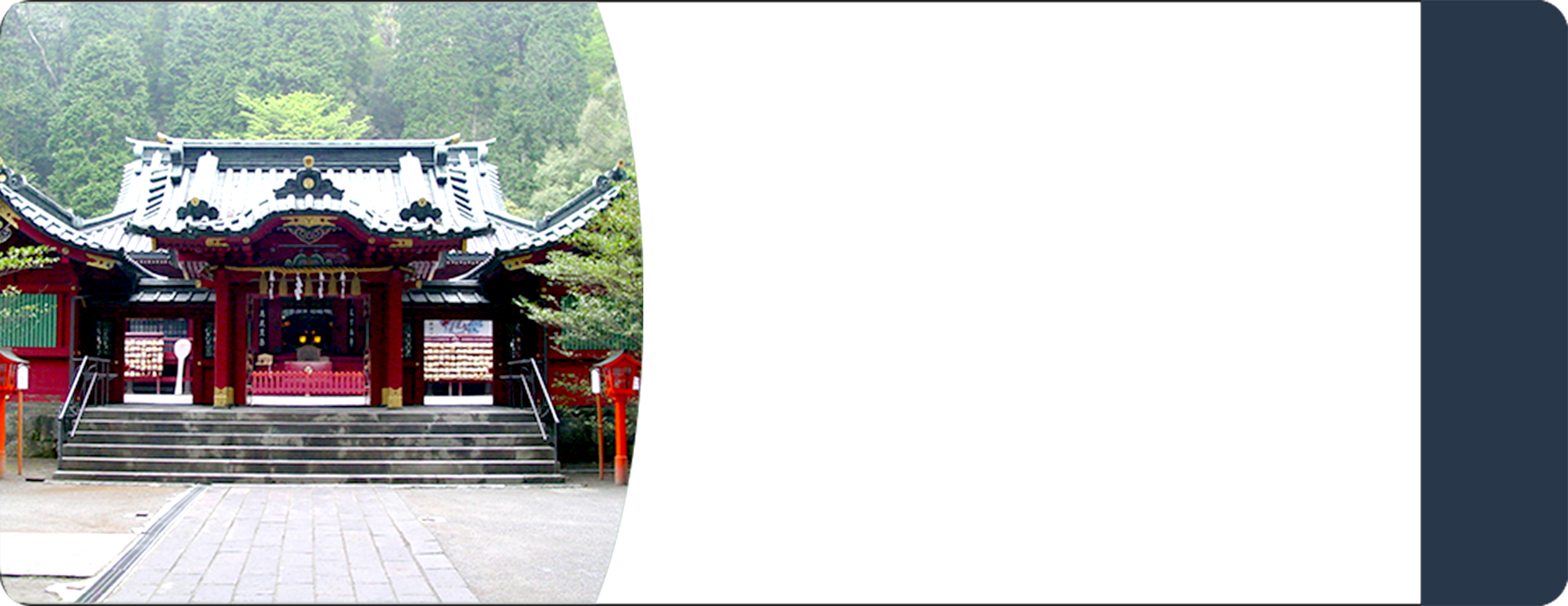
Hakone-jinja
Shrine-
Hakone-jinja Shrine, famous for its red torii archway hovering over the surface of Lake Ashinoko, is a historical temple constructed in the 8th century and visited by many tourists. It is also well known as a shrine associated with successive Japanese shoguns. From ancient times, people worshipped the god of good fortune and high divine virtue there seeking safe travel, realization of their deepest desires, good fortune and warding off of evil.
-
-


Hakone Ashinoko
(Lake Ashi)
Boat Cruise-
Hakone Ashinoko(Lake Ashi) Boat Cruise have double hulls, so they have superior stability and twice the width. The observation deck in particular provides 360-degree views. You can take a 30-minute excursion from the port at Hakone Sekisho-ato Port or the Moto-hakone Port. You can tour the southern half of Lake Ashinoko and view the Hakone Sekisho(Checkpoint) and the red torii archway of Hakone-jinja Shrine from on board the boat. On clear days, you can view Mt. Fuji, which is a registered world cultural heritage site, as you enjoy your short trip on the lake at Hakone. Regularly scheduled boats link the four ports of the Hakone Sekisho-ato Port, Moto-hakone Port, Hakone-en Port, and Kojiri Port.
*In the event of thick fog, strong wind, or other inclement weather, boat schedules may be altered or trips canceled.From JR Odawara Station to Moto-hakone Port 40 to 50 minutes by taxi or bus
From JR Odawara Station to Hakone Sekisho-ato Port 40 to 55 minutes by taxi or bus
From JR Odawara Station to Hakone-en Port 45 minutes to 1 hour 5 minutes by taxi or bus
-
-

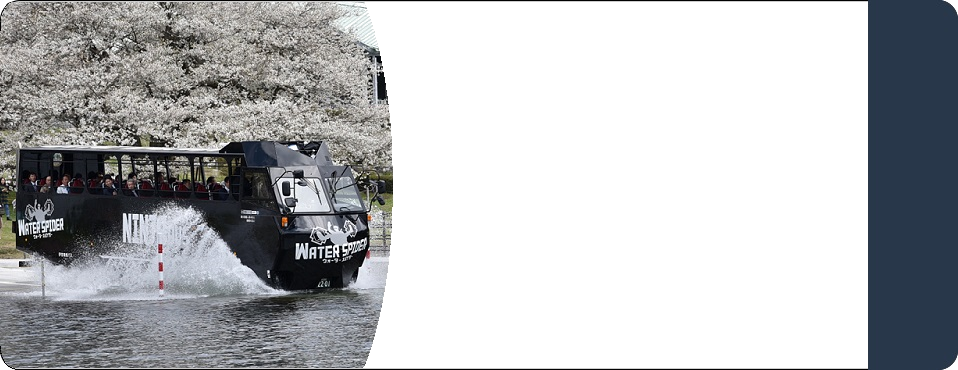
NINJA BUS
WATER SPIDER-
The amphibious bus “WATER SPIDER” which named after Ninja’s skill of “Water Spider” is offers an unprecedented and unique experience.
When you participate in this tour, you can enjoy the nature of Lake Ashinoko from both overland and waterway.From JR Odawara Station to Hakone office 40 to 50 minutes by taxi or bus
From JR Odawara Station to Hakone-en 45 minutes to 1 hour 5 minutes by taxi or bus
-
-

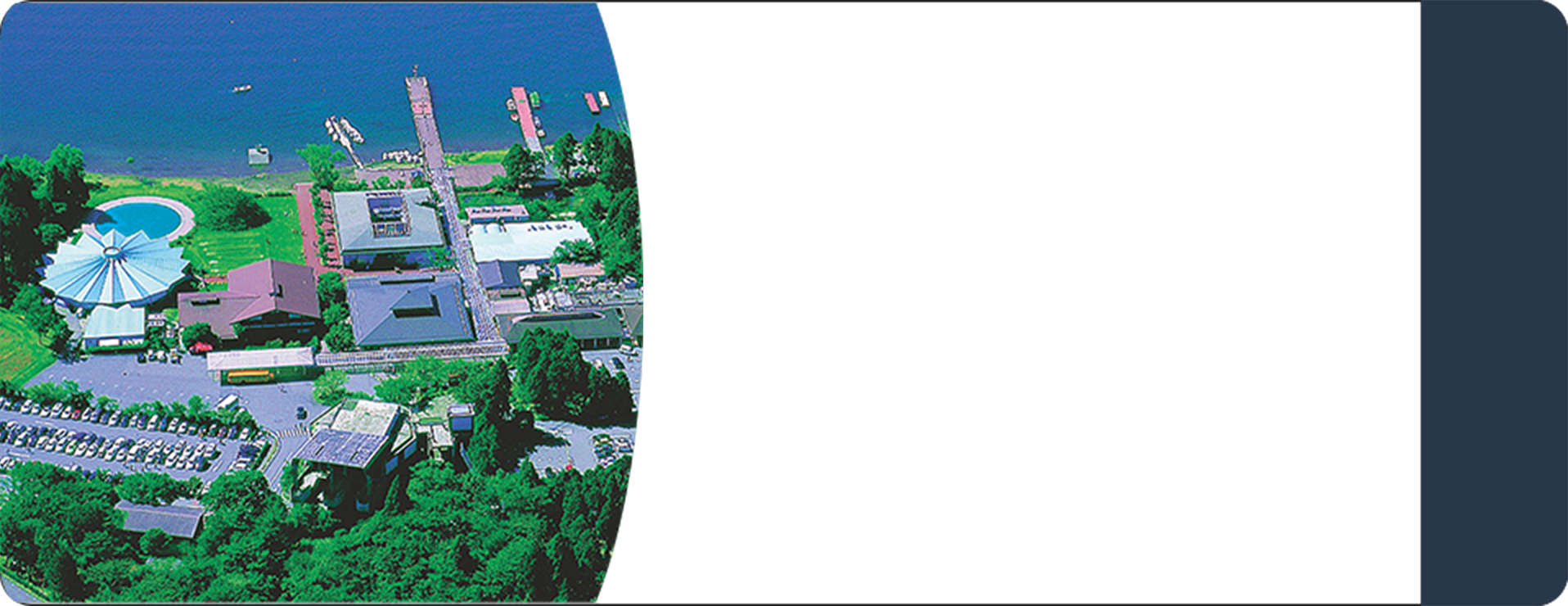
Hakone-en
-
In addition to restaurants and shopping, the Hakone-en Park features the Hakone-en Aquarium, where you can enjoy fish from around the world, and the Komagatake Ropeway with runs 1,783 meters one way in 7 minutes. From the peak of Mt. Komagatake, all of Hakone spreads before you like a miniature, with Lake Ashinoko at your feet. The broad panorama spreads all the way to the majestic Mt. Fuji, Suruga Bay, the seven Izu Islands, Shonan Beach, and Boso Peninsula. You can also reach or leave Hanoke-en with Hakone Ashinoko (Lake Ashi) Boat Cruise on Lake Ashinoko, so you can enjoy a condensed experience of Hakone.
From JR Odawara Station 45 minutes to 1 hour 5 minutes by taxi or bus
-
-

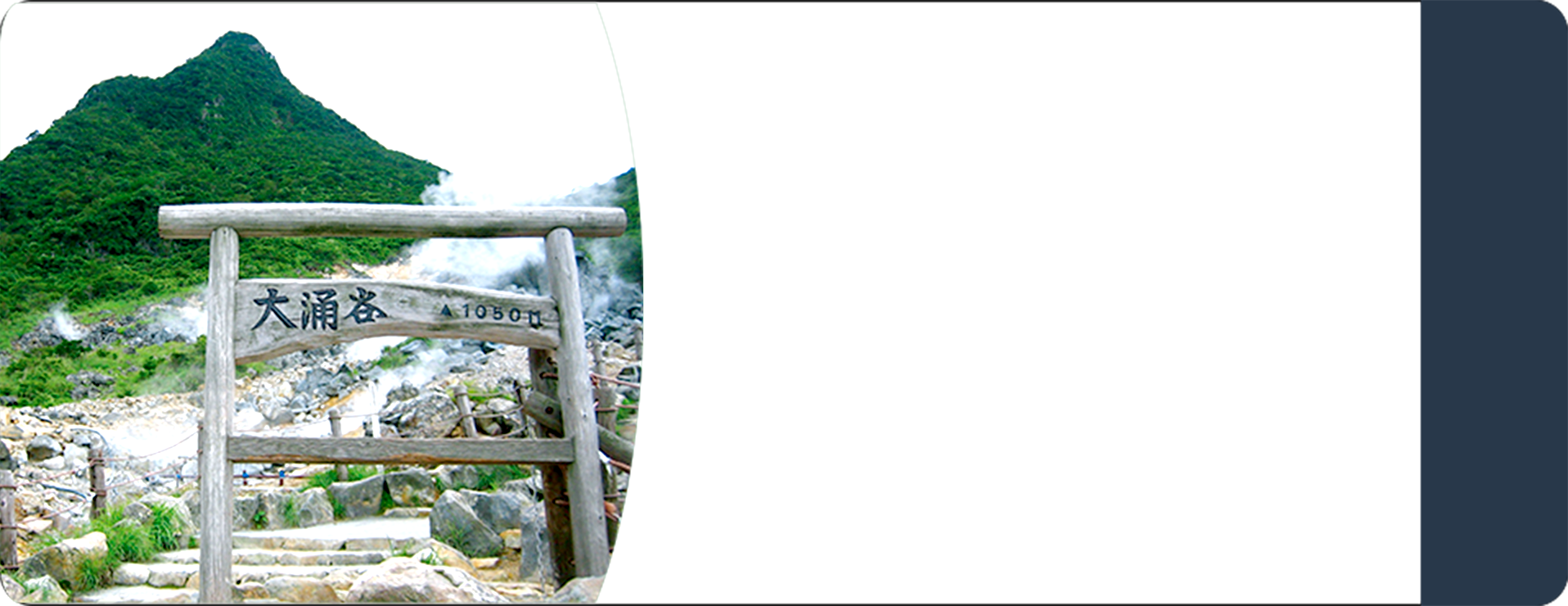
Owakudani
-
Owakudani is an explosion crater formed by the last steam explosion of the Hakone volcano about 3000 years ago. The scent of sulfur is in the air and you can feel the force of volcanic activity with your five senses. Owakudani also features Hakone Geo Museum, where you can learn about the Hakone volcano. This is the source of the black eggs cooked by geothermal heat and chemical reactions with volcanic gases that are so famous in Japan. It is said that eating one extends your life by 7 years. Near Owakudani is Hakone Kojiri Terminal (Duty-free shop), where you can enjoy a Lake Ashinoko boat excursion, shopping, and dining.
-
-

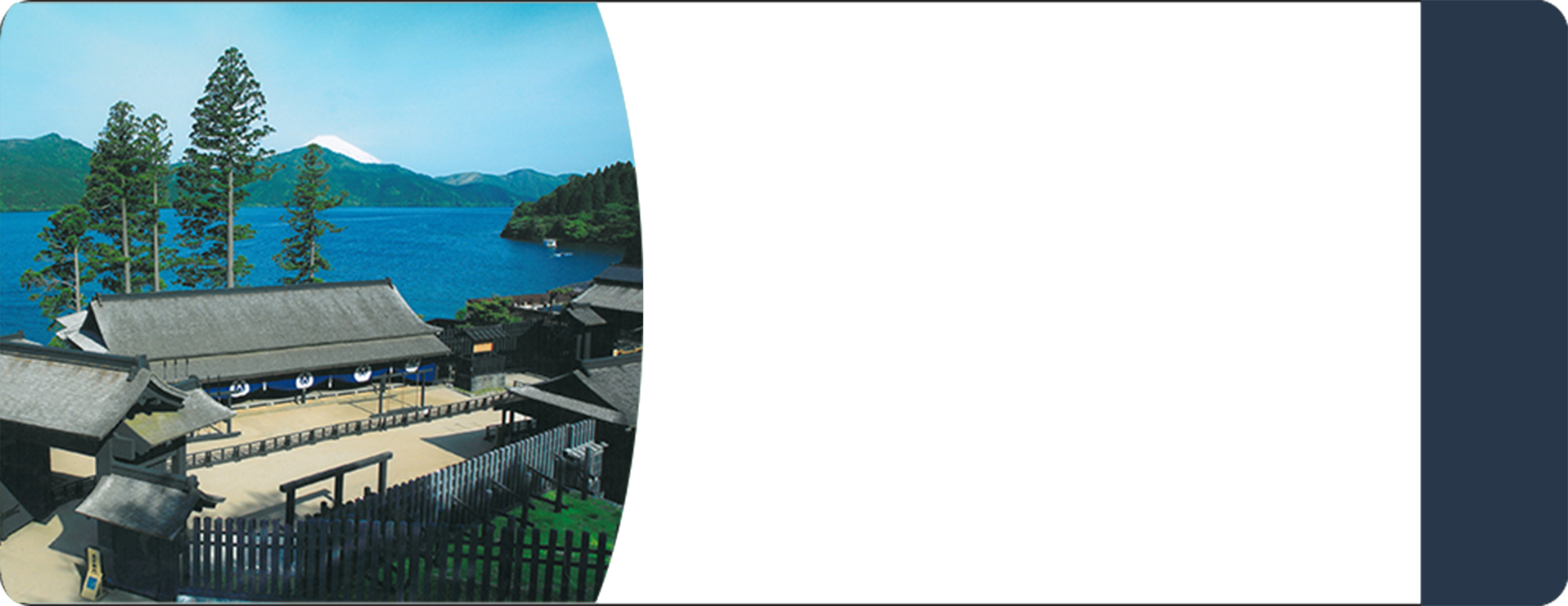
Hakone
Sekisho
(Checkpoint)-
Hakone Sekisho(Checkpoint), established by the Tokugawa Shogunate in 1619 to defend Edo (Tokyo) is a valued site from the transportation history of the Edo Era. In restoring these buildings, the artisanal techniques and tools of those days were used to bring back the form of the Lake Ashinoko shore as it was 140 years ago. Inside the Hakone Sekisho(Checkpoint), was built the Obansho Chaya (Cafe) too. Eating “odango” dumplings, a traditional food of ordinary Japanese, will make you feel as though you have time traveled back to the Edo Era. Next to the Hakone Sekisho(Checkpoint) is the Hakone Sekisho Tabimonogatarikan (Duty-free shop), where you can enjoy shopping, dining, and boat excursions on Lake Ashinoko.
From JR Odawara Station 40 to 50 minutes by taxi or bus
-
-


Specialty
of the
Hakone area-
Hakone has well-known Western and Japanese restaurants everywhere. One thing that you can enjoy at a reasonable price is translucent sakura shrimp cooked as tempura and served with soba buckwheat noodles at Soba-dokoro at the Hakone Sekisho(Checkpoint) Tabimonogatarikan. Translucent sakura shrimp caught in Suruga Bay are made into savory tempura and served together with soba buckwheat noodles. The perfect match. Enjoy the Sekisho Dango” (skewered rice dumplings in a sweet soy glaze) that you can eat at Obansho Chaya (Cafe) in the Hakone Sekisho(Checkpoint) and experience being a traveler in the Edo Era. Enjoy it together with Drinkable Intravenous Feed, the highly nutritious sweet liquor which is a traditional drink among ordinary Japanese.
-
Model Course
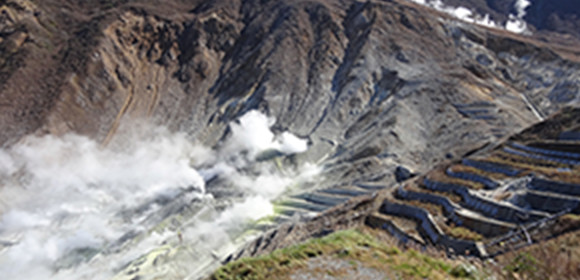
Enjoy the natural beauty and unique history of Hakone to the fullest.
A one-day course that lets you savor the historical remains and famous locations of Hakone, while touching the nature formed here by the ancient activity of volcanoes
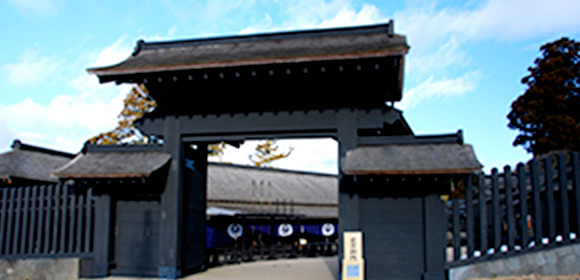
Freely enjoy a quick round of famous spots in Hakone.
A quick half-day round of Hakone’s most popular sightseeing spots You can leisurely enjoy Hakone on a day trip from Tokyo or as a place to stay over.
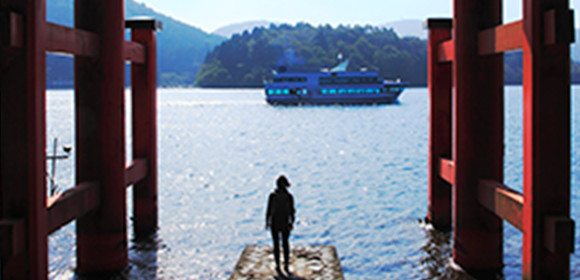
The tour of the three shrines of Hakone is particularly popular with women.
The Kuzuryu-jinja Shrine Monthly Festival, held on the 13th of every month, is a rigorous, traditional event that many women take part in to seek success in love. On that day, if you make the tour of the Hakone-jinja Shrine, which is famous as a “power spot” and the Mototsumiya-jinja Shrine at the peak of Mt. Komagatake, you may have a spiritual experience.
Access to Hakone
▶From the JR Tokyo Station
▶From the JR Kyoto or Osaka Station
▶From Haneda Airport
*You can use the Japan Rail Pass only for JR trains.



